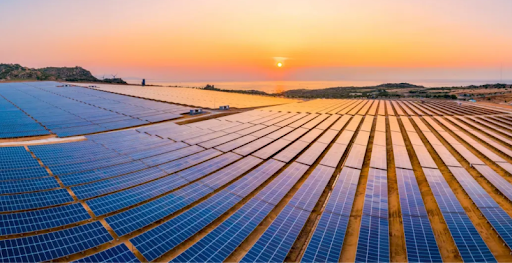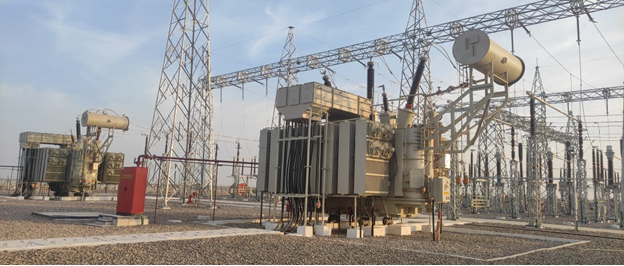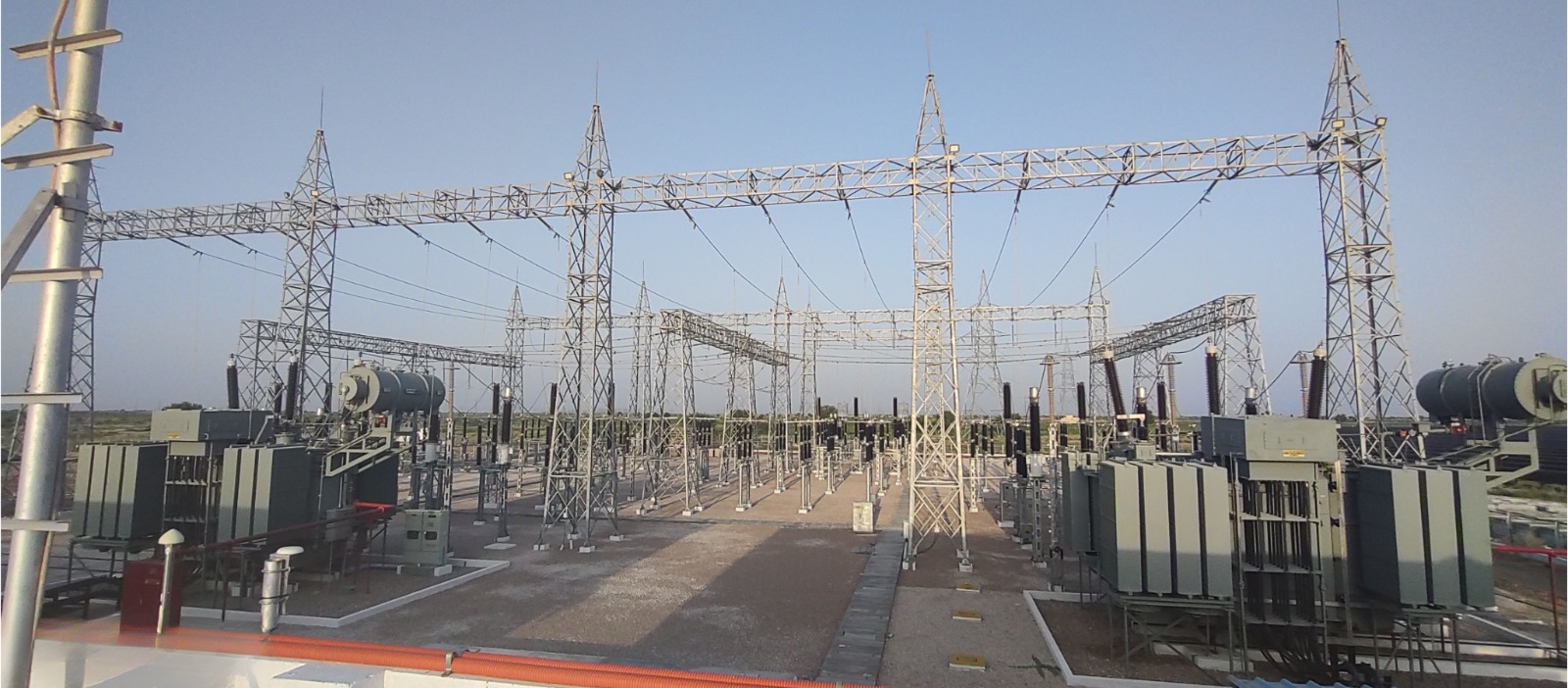For too long, the conversation around renewable energy has been dominated by a single metric: the megawatt.
We celebrate new solar farms and wind projects based on their capacity to generate electricity, and while this is undoubtedly crucial, it paints an incomplete picture of the profound and multifaceted impact of integrating renewables into our energy systems, we believe it’s time we look beyond the megawatt and truly understand the broader economic, social, and environmental dividends of this transformative shift.
The transition to renewable energy is not just merely about replacing one source of power with another. It’s about building a more resilient, equitable, and prosperous future for all. When we fixate solely on just generation capacity, we risk overlooking the powerful ripple effects that renewable energy integration creates across various sectors

The Economic Engine: Let’s start with the undeniable economic benefits. The renewable energy sector is a growing industry, creating a wealth of new jobs in manufacturing, installation, maintenance, and research and development. From skilled technicians assembling solar panels in local factories to engineers designing cutting-edge wind turbine technologies, this transition is fostering a new generation of green jobs. These are often high-quality jobs, contributing to local economies and driving innovation.
Furthermore, renewable energy can act as a hedge against the volatility of fossil fuel prices. Once a solar or wind farm is operational, the “fuel” – sunlight and wind – is essentially free. This price stability can lead to more predictable energy costs for businesses and consumers, fostering economic growth and reducing financial burdens. Investments in renewable energy infrastructure also stimulate local economies through construction projects, land leases, and increased tax revenues.
The Social Imperative: Beyond the balance sheet, the integration of renewable energy carries significant social benefits. Improved air and water quality, resulting from reduced reliance on fossil fuels, directly translates to better public health outcomes. Fewer illnesses and a cleaner environment contribute to a higher quality of life for communities.
Moreover, renewable energy can enhance energy security and access. Diversifying our energy mix reduces our dependence on finite and often geopolitically sensitive fossil fuel resources. Decentralized renewable energy solutions, such as rooftop solar and microgrids, can bring power to remote and underserved communities, fostering economic development and improving livelihoods. This is particularly crucial in regions where access to reliable electricity has historically been a barrier to progress.
Did You Know?
Renewable energy technologies like solar and wind consume little to no water, making them ideal for water-stressed regions compared to conventional thermal power plants

The Environmental Imperative: Of course, the most compelling argument for renewable energy lies in its environmental impact. Reducing greenhouse gas emissions is paramount in the fight against climate change. Every kilowatt-hour generated from a solar panel or a wind turbine displaces electricity that would likely have been produced by burning fossil fuels, thereby mitigating our carbon footprint.
Beyond emissions reduction, renewable energy can also have positive impacts on water resources. Unlike thermal power plants that require significant amounts of water for cooling, many renewable energy technologies have minimal water consumption. This is particularly critical in water-stressed regions. Furthermore, responsible land use planning for renewable energy projects can even contribute to biodiversity conservation and habitat restoration.
A Holistic Approach: To truly grasp the transformative power of renewable energy integration, we must adopt a more holistic perspective. We need to move beyond simply counting megawatts and start quantifying the broader economic, social, and environmental benefits. This requires developing new metrics and methodologies that capture the full value proposition of clean energy.
At Hartek Group, we understand that our work extends far beyond simply providing power infrastructure. We are building the foundations for a more sustainable and equitable future. By embracing renewable energy integration, we are not just generating electricity; we are creating jobs, improving public health, enhancing energy security, and safeguarding our planet for generations to come. It’s time we recognize and celebrate the true, multifaceted impact of this vital transition – a future powered by more than just megawatts.
FAQ’s:-
1. Why is it important to look beyond just megawatts in renewable energy?
Because focusing only on capacity overlooks critical social, economic, and environmental benefits that renewable energy brings.
2. How does renewable energy contribute to job creation?
It generates employment in areas like manufacturing, installation, maintenance, and R&D, boosting local economies.
3. What are the public health benefits of renewable energy?
Cleaner air and water from reduced fossil fuel use lead to fewer illnesses and a healthier environment.
4. Can renewable energy improve electricity access in remote areas?
Yes, decentralized solutions like rooftop solar and microgrids can power underserved and remote communities.
5. How does renewable energy support climate change mitigation?
It reduces greenhouse gas emissions and lessens water usage compared to conventional power plants.
Sources:-
100% renewables means 95% less water consumption for conventional power generation



